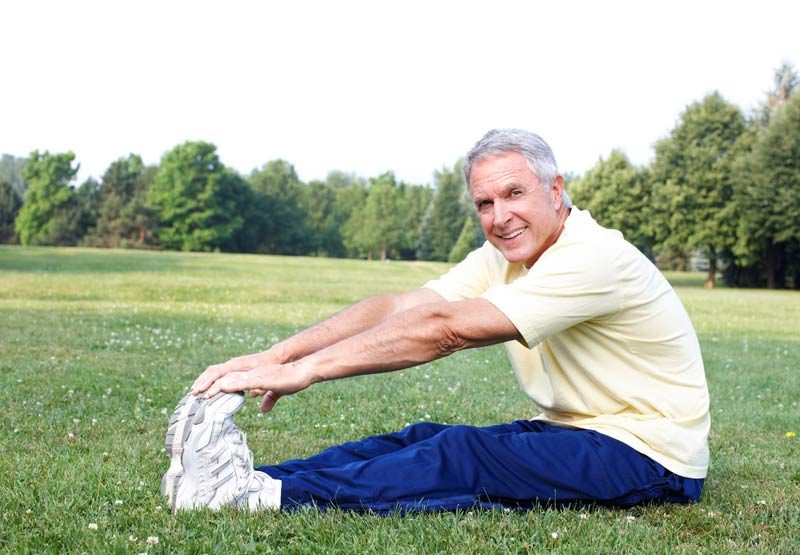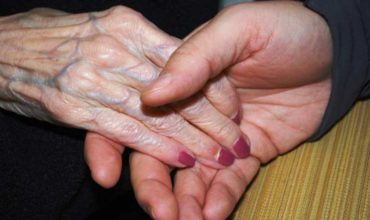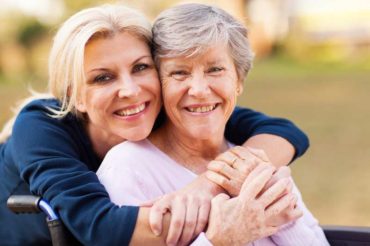If you’re a caregiver and have problems sleeping, notice your moods vary or that your anxiety is a bit high…..you may not be getting enough exercise! Regular exercise doesn’t just improve your frame of mind; research also confirms it decreases anxiety, improves rest and raises ones self-esteem. According to the American Senior Fitness Association, over 60% of caregivers don’t exercise regularly and as a consequence many suffer from these symptoms. With heart disease, cancer and strokes serving as the leading causes of death for mature adults, staying physically active not only helps to prevent many illnesses, it can improve the health of people who already have debilitating diseases or disabilities.
As the countries 78 million baby boomers have begun aging, “…there is a trend toward activities that are moderate in intensity and not so pounding on the body,” says Richard Cotton, an exercise physiologist who is a spokesman for the American Council on Exercise. Comfort and lower injury risk are the major forces that have driven the switch to low-impact activities. “Because older adults are more prone to musculoskeletal injury, low-impact exercises are ideal for them,” Cotton says. In addition, it has been documented that caregivers are much more likely to stick with a less grueling routine over the long haul.
The American Sports Data Corporation (ASD), an organization which tracks exercise trends, also agrees that the hottest exercise trends for mature adults are those that demand less “power” yet still burn a significant number of calories. The ASD’s latest survey of 15,000 mature adults shows that although gym membership amongst the 55+ crowd has increased — especially among women — joint-jarring activities like aerobics and kickboxing are giving way to gentler pursuits such as pilates, yoga, tai chi, elliptical trainers and exercise bikes.
- Pilates – Originally designed to give dancers muscle strength without bulk, Pilates was largely ignored by the general public for almost a century. Pilates is described as a blend of stretching and calisthenics designed to enhance alignment, increase flexibility, and firm abdominal and back muscles. Pilates is a body conditioning system made up of various exercises that help build strength by improving flexibility, agility and economy of motion. Pilates can even help alleviate chronic ailments and back pain – all without building excess bulk. It has also been noted that with this type of fitness program there is often a marked improvement in posture and an increase in joint stability.
- Yoga – Americans first turned to this 5,000-year-old stretching and relaxation technique in the 1960s, looking for a way to get “high” without drugs. Now, the yoga/tai chi category boasts over 11 million followers, almost double the 5.7 million who participated in 1998. Yoga helps participants maintain a fitter body, calmer mind and feel more relaxed. Recent studies have shown that Yoga can normalize your blood pressure and even balance your nervous system all while using breathing techniques to cleanse your air passages; this cleansing can also help prevent respiratory ailments.
- Elliptical Trainers and Recumbent Bikes – More than 10 million Americans currently use elliptical trainers, a knee-friendly cross between a stair climber and a cross-country-ski machine. That’s a surge of 177% over the 1998 level of 3.9 million — and a sign that elliptical trainers have passed the litmus test of health club acceptance. More than 10 million Americans now recline while they pedal using recumbent bikes, an increase of about 50% since 1998. Not only are these machines more comfy than ordinary equipment, they also alleviate considerable amounts of stress off achy lower backs.
- Tai Chi – Tai Chi is an ancient Chinese martial arts program that is said to help participants improve their balance and potentially avoid falls. The slow, gentle and soothing movements of Tai Chi helps individuals develop stronger muscles, improve balance control, enhance concentration and stabilize psychological well-being. The movements and philosophy of Tai Chi also teach one to relax, slow down, coordinate the mind and body and improve posture.
Fitness experts warn that by itself, any one of these low-impact exercises is not enough to stay fit. While aging boomers are fueling the exercise trend toward kinder, gentler workouts, experts say that anyone who wants to stay fit — particularly beginner exercisers — should also consider incorporating low-intensity activities into their routine. The ideal routine combines the strength, flexibility, and balance training of yoga and Pilates with an aerobic activity such as brisk walking. Whatever exercise program you decide to embrace, remember to always check with your physician before you begin.
Sources:
Mayo Clinic (www.mayoclinic.com)
American Senior Fitness Association (www.seniorfitness.net)
American Council on Exercise (www.acefitness.org)
ABC of Yoga (www.abc-of-yoga.com)
CDC (www.cdc.gov)
Balanced Body (www.pilates.com)






